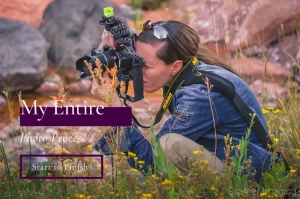Last week, we talked about 8 items which are non-photography or camera related which you should take with you when going on a photo shoot. If you want to catch up on last week’s article, you can find it here. We know that last week’s list was far from exhaustive so we decided to do it again this week with 8 more non-photography items you should take.

8. Signal Mirror
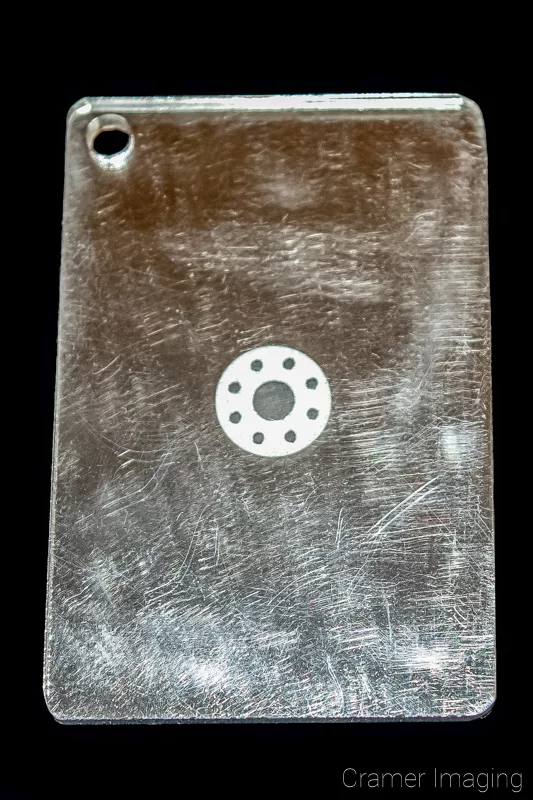
A good non-audible signal device in the form of a signal mirror is also good. Some people suggest using an old CD, and you can do that, even a compact mirror will work, but a proper signal mirror is far faster and easier to aim. They’re not overly pricey so you should easily afford one.
People designed signal mirrors for survival. They’re light-weight and easily pocketed. They don’t weigh much either. You can easily find room for one in your camera gear.
A good signal mirror can be used to signal to rescue personnel in helicopters, or on neighboring mountains, and even the small ones used correctly can have a range of a couple of miles. It can be noticed much farther than a whistle or even the report of a firearm depending on conditions.
7. Warm Clothing
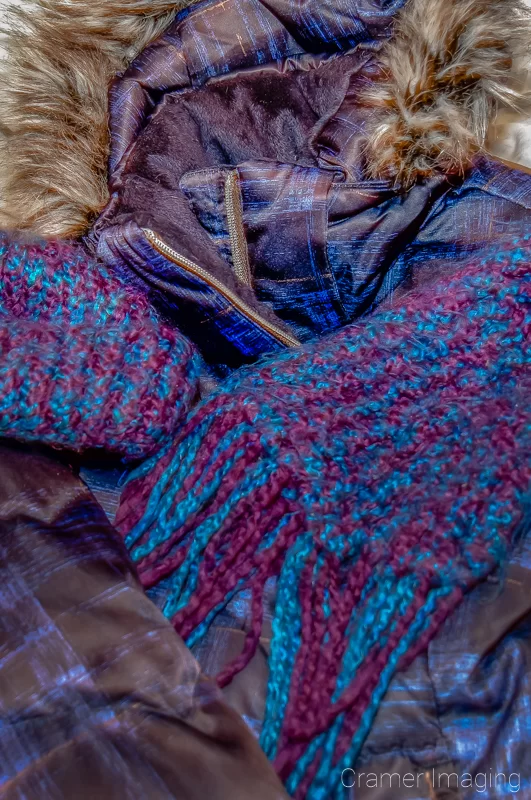
Bring some way to keep warm other than your fire. So what if it’s warm when you leave? If you’re going to the mountains (and most wilderness areas tend to be up from civilization), it’s going to be colder. It also gets cold at night. You’re going to want a jacket or even a coat, even if there’s no need for one when you leave.
A jacket is just the beginning. Consider packing a hat, scarf, and gloves as well. If you routinely keep gloves in your coat pockets, so much the better. Bring extra insulation for yourself and any companions you have.
I’ve left home at 90+ temperatures, only to get into the mountains and have it freeze at night. I’ve even camped in areas where it was over 90 in the day and in the 20’s at night. Then, there’s the freak snow storms which can happen anytime in the part of the world. Take warm clothing just in case it happens.
6. First Aid Kit
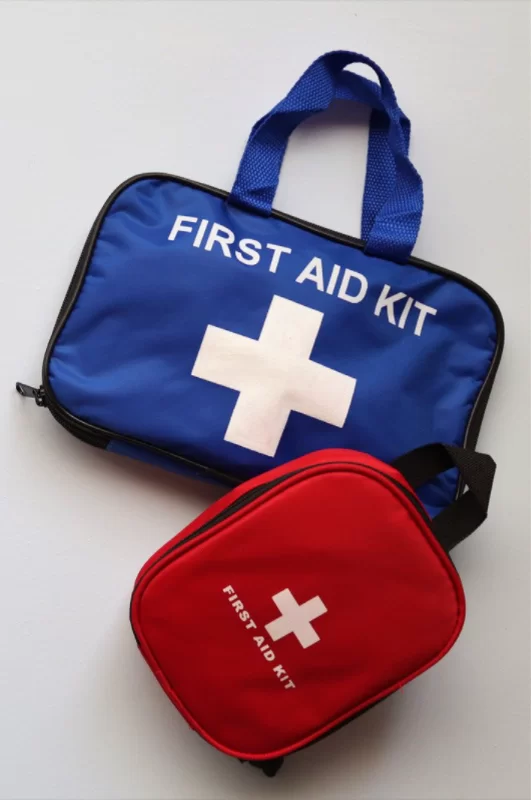
Never go anywhere in the wilderness without a first aid kit, and not one of those cheap car kits with some band aids, but something that can be used to help stop heavy bleeding, help create a makeshift splint and the like. You don’t want to find yourself in a situation where you need it and don’t have it. Things could quickly become life-threatening under the right circumstances.
The reason for using something more substantial than band-aids is for those times when you twist your ankle or break something. Perhaps you’ll face something worse in the field. We hope those events never happen but you still must prepare for them anyways.
Keep your kit small as you may have to carry it on your person, but make sure it’s useful. Keep more extensive supplies in the car nearby. Then you gain access to more resources in the event you need them.
5. Rope
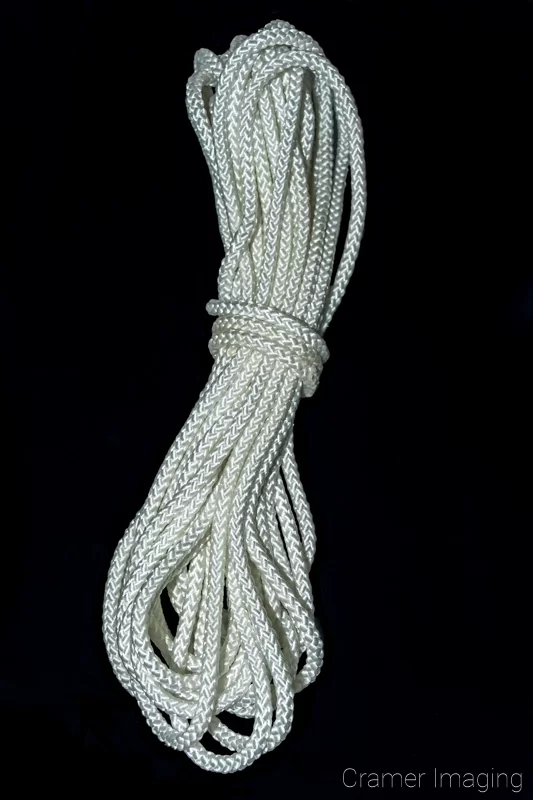
Rope, paracord, or similar is invaluable. Learn to tie a few useful knots and how and when they’re used. You can generally get by for most things with 6 or 7 knots. There are hundreds available, and some work better for specific tasks, but the ones in the Boy Scout Handbook (pretty much any edition) will get you through most things you need.
Most paracord is thin, light and very strong and you can have 100′ or more in a small place type 550 is common, and tested to 550 lb. Other kinds of rope, such as the kind depicted to the left, will work too in most survival situations.
Bring a coil should you need it. I’ve occasionally found I need rope in the field. You might also consider wearing a paracord survival bracelet for emergency situations. Bringing such might be the difference between survival/success and death/failure.
4. Poncho

Even if bad things don’t happen, a poncho (as a non-photography item) is a must. If the weather decides to rain, a poncho keeps you dry. A large poncho can be draped over your gear when carrying it. Even if you aren’t in some type of survival situation, it will not only keep you dry, but more importantly keep your equipment dry if it rains. You want a poncho handy any time you’re taking your equipment out in the field.
I’ve run into rainy situations out in the field. I sometimes find that a simple jacket with hood isn’t enough. I want more to keep me and my gear dry.
Most ponchos are both light and portable. They are also easily acquired at most local stores. If you have a sensitivity to PVC, make sure that you air it out before use or you might regret your decision with a headache.
3. Multi-Tool

A good multi-tool, like a Gerber or Leatherman tool, is extremely useful. I find my multi-tool is often the most useful non-photography item I carry. Not only does it have a knife, but also because it has several other tools that we’ve found useful when dealing with photography equipment, or many, many other things. It’s useful even if you aren’t going away from civilization. I use it and my knife daily.
You’ll find many different models of multi-tools on the market. The more complex, the heavier they become. You might not need every tool available. Shop around and find what you need.
They usually come with a belt pouch which you can easily attach to you and have with you at a moment’s notice. If, for some reason, your model doesn’t come with a pouch, such pouches are available to buy by themselves.
2. Sleeping Bags and Extra Blankets
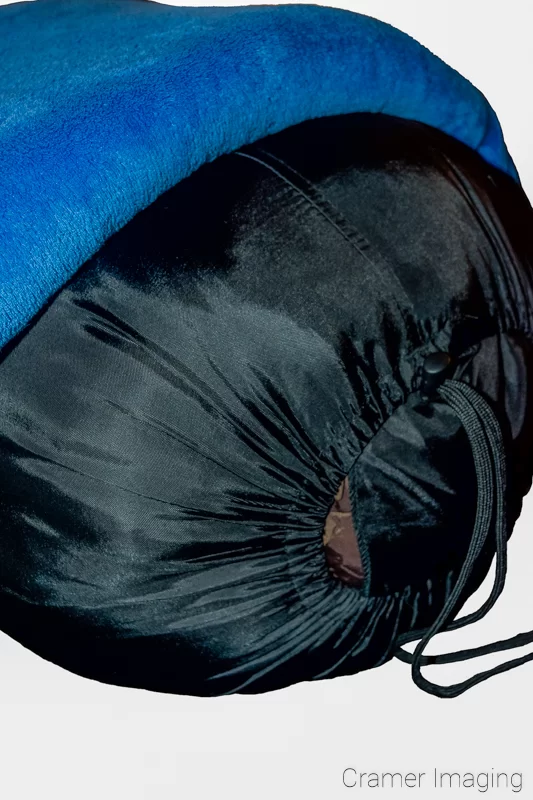
You may not want to haul such big and bulky things with you away from your car. However, bringing something to help keep you warm should you become stranded will help keep you alive until rescuers can come. Warm clothing only goes so far. The colder things become, the more insulation you’ll require to stay alive.
A sleeping bag rated for well below freezing is great, but can be awkward if you have to carry it very far. It will, however, sit in your car or truck nicely and wait for you to get back. If you want something warm to carry on you, a smaller fleece blanket can be rolled up tightly and be carried with you.
Make a point to check the sleeping bag’s rating. Many sleeping bags aren’t rated for more extreme winter temperatures. Acquire another which will meet your requirements if you don’t already have one.
1. A Friend
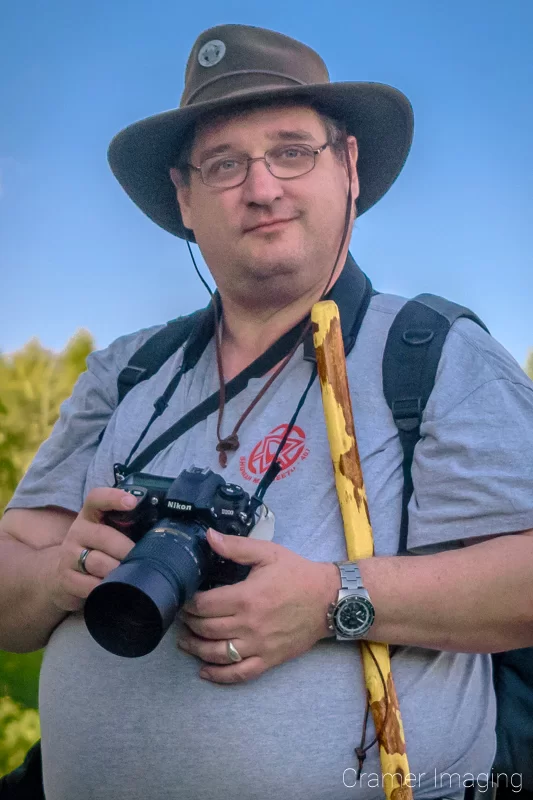
Never go alone. Many youth organizations use the buddy system for a reason. We teach it in Boy Scouts for a reason. It works. Your buddy will be, perhaps, the most important safety equipment you can bring with you. Never head out into the untamed wilderness without one.
Take a friend, a lover, an assistant, or whomever. If you’re injured, the friend can go for help. The friend can help carry things. The friend keeps you company and can watch out for problems when taking a picture no matter where you are.
We once went on a photo shoot to a rail bridge. One of us took the picture. The other stood by the tracks and kept watch. Taking a photo on a live railroad track is dangerous. We were only able to do it safely because the tracks had several miles of visibility in both directions, and there were two of us. Use the buddy system.
Conclusion
These 8 more non-photography items, in addition to last week’s list, will help keep you safe when you’re out taking beautiful landscape or nature photos. We know that there’s probably more which you could take with you. We might discuss more in a future article.
In the meantime, we turn the discussion over to you. What other non-photography items can you think of which could help out in the field? We’d love advice on more non-photography items which we’ve overlooked. Let us know in the comments below.



